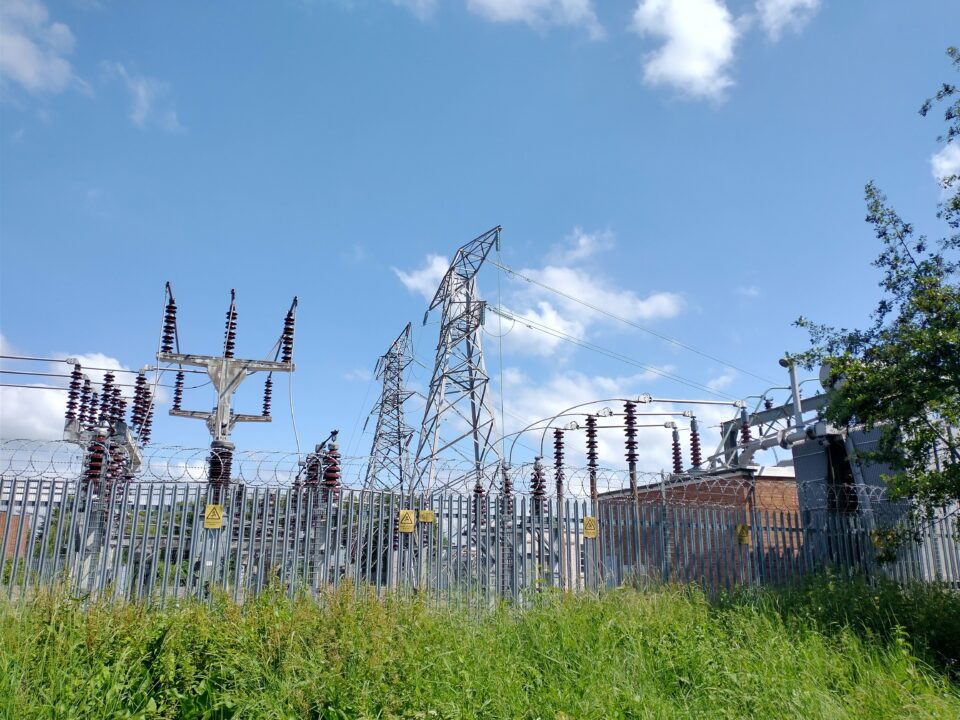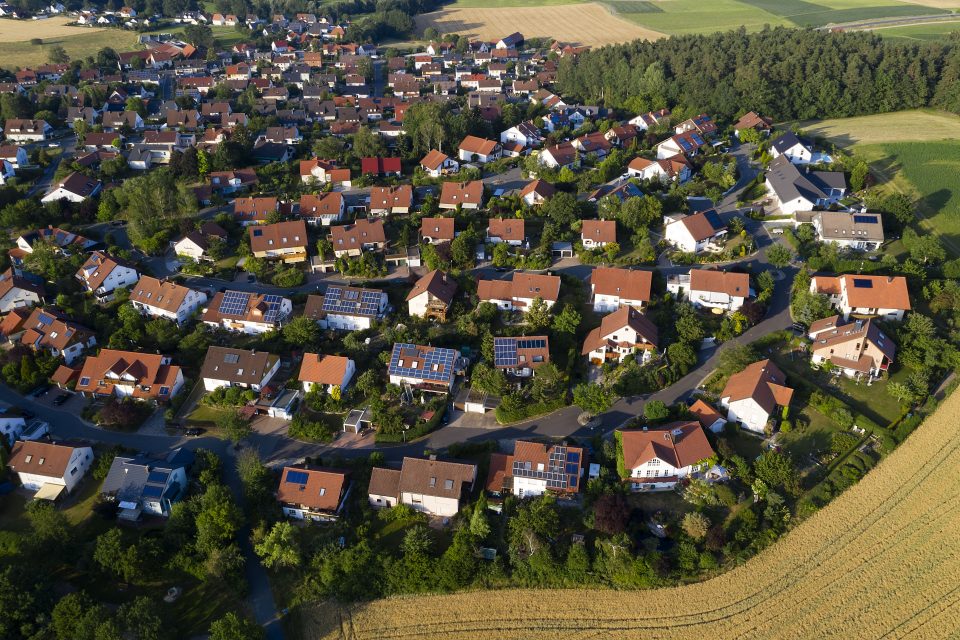- News
- Why a focus on flexibility is missing from the government's energy security strategy
Project LEO was set up in order to help us understand how smart, local and flexible energy systems can best work to bring about multiple benefits. The key benefits we look at are to communities, businesses, energy bills, the electricity network and the planet. However, another main aim of the project is to ‘keep the lights on’ as we move away from carbon-based fuels to intermittent renewables.
Recently, we have seen energy security hitting the headlines due to the increasingly volatile international gas market and concerns about Russia cutting off supply. So the UK is looking to more reliable, homegrown energy sources and increased resilience to deal with market shocks, making the value of the work of Project LEO more pressing than ever.
What is energy security?
In the UK, we are lucky to have always enjoyed a fairly secure electricity supply, so when we flick a switch, we can rely on the light coming on. This is because our energy network is managed to ensure there is enough available energy to meet demand when we need it, without us ever having to think about it. And it’s not just our homes that rely on a secure energy supply, businesses need to be sure of reliable and affordable energy, particularly as they recover from the effects of the pandemic.
However, a number of factors are working to threaten the UK’s (and Europe’s) energy security and industry leaders and governments are putting plans in place to improve this. The UK government recently released its ‘Energy Security Strategy’ that outlined its ambitions and plans to secure energy supplies and accelerate homegrown power for greater energy independence.

What’s causing the problem?
Energy security has always been important, but recently more people have become aware of the threats to their energy access, and this is mainly down to two key issues.
The cost of living crisis is being caused, in a large part, by increasing energy bills in the UK. This has left many households in or on the brink of energy poverty and being unable to afford our energy supply is another big threat to our energy security.
Russia’s invasion of Ukraine has also led to growing unease in the energy markets as Europe and the UK look to move away from a reliance on Russian gas, which, in the short term is pushing energy prices even higher, creating a negative knock-on effect for consumers.
What’s the strategy?
The government recognised the urgent need for a review of the UK’s energy supply networks and have responded by publishing the British Energy Security Strategy. This outlines how Great Britain plans to accelerate homegrown power to give us greater energy independence and better control over the cost of our energy.
The full report gives an initial outline of how 95% of the country’s electricity could come from low-carbon sources by 2030, with a strong focus on the role of nuclear power and onshore wind. However, the strategy is less clear on defining how solar power (the cheapest energy technology) and energy efficiency measures can play a key part in improving our energy security.
The government report also makes it clear that they are not planning to move away from harmful fossil fuel expansion and announced plans to “launch another licensing round” for North Sea oil and gas projects later in 2022.
What about the role of flexibility?
Energy flexibility is a powerful, but often overlooked strategy that can help the government achieve its ambitious zero carbon aims. The government report does state that “Flexibility has always been the valuable heart of our system, ensuring power can flow quickly from where it’s produced to where it’s needed” and it vows to ensure a more flexible, efficient system for both generators and users.
However, while the report makes mention of the use of battery storage and management of network restraints, it does not highlight the potential for smart, local energy systems (SLES) to help meet our future homegrown energy needs.
A recent paper from EnergyREV looks into the ‘Benefits of flexibility of Smart Local Energy Systems in supporting national decarbonisation‘. The paper finds that there are multiple benefits and customers within SLES schemes are likely to see lower electricity bills compared to non-SLES customers, driven by enhanced flexibility, higher self-sufficiency and upgraded energy efficiency.

A testbed for Smart Local Energy Systems
At Project LEO, we’re running a range of trials to build the capacity of individuals and organisations to adapt and work within a new energy infrastructure – one that is based on a smart local energy system. Ultimately, our vision is to inform the smarter and more flexible use of grid and off-grid energy, making our energy supply more secure and supporting the elimination of fossil fuels as an energy source.
By developing flexibility in energy supply, communities will be able to grow their share and usage of distributed renewable energy sources, meaning we CAN reduce our reliance on fossil fuels and generate clean, reliable and affordable energy within our own communities.
As ever, we support the desire to move to homegrown, low carbon energy generation, but we feel that the government energy security strategy could have placed more emphasis on decentralised energy opportunities and the role of flexibility. At Project LEO, together with our partner organisations, we’ll continue to work to test and improve our knowledge of the role of flexible, locally generated, low carbon energy in the energy system of the future.